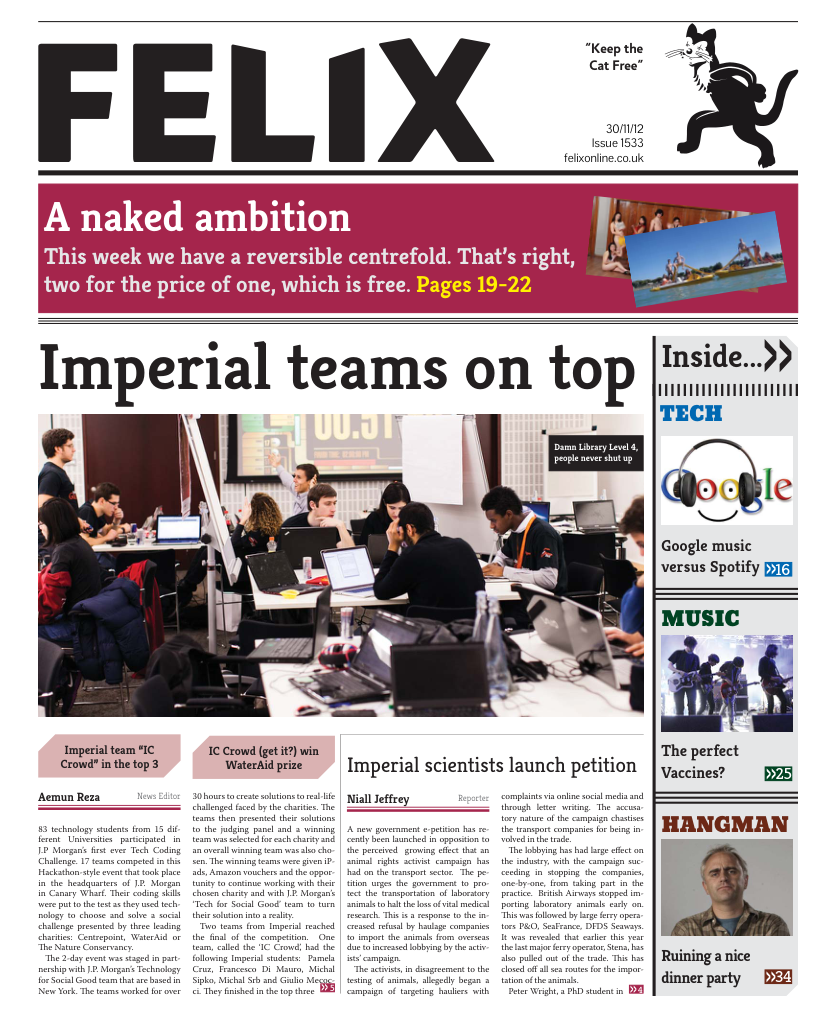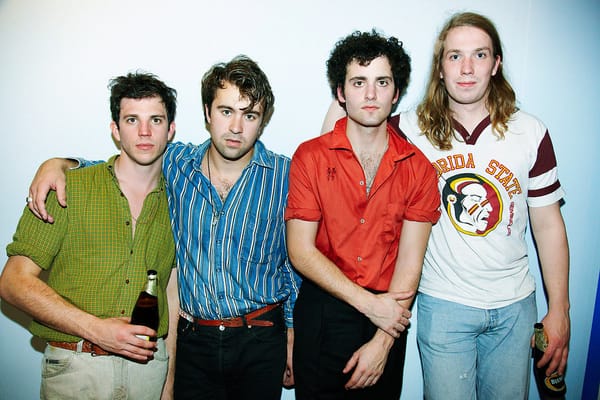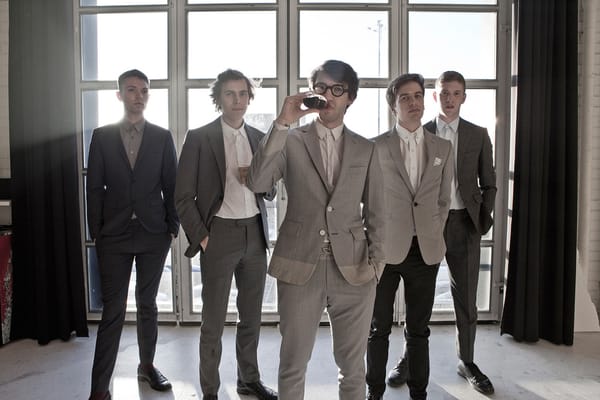You Don't Have To Call It Music #8
Pt. 8 free jazz
or: it don't have to mean a thing.
Jazz has always been a little different. Scattering this way and that, each instrument wriggles its way on to the scene and bears it all in turn. Yet despite all its quirks, it often gets tied down by its melodic, rhythmic and compositional structures.
In 1959, Ornette Coleman recorded The Shape of Jazz To Come, heralding a new generation of jazz players who would push the boundaries of an already unconventional genre. Often teasing a more traditional song structure, his sax began to tear away at the stave, shredding each note to multiple spectra. The following year’s release of Free Jazz was an altogether stranger affair. From the first note, a maelstrom unfurls, giving way to wandering passages flowing in parallel between the players. There is a jovial feeling to it, as the instruments bounce off each other freely, maintaining only a very loose sense of cohesion – just enough to keep it together.
John Coltrane is one of the most iconic jazz musicians of all time. From his part in Miles Davis’s timeless Kind of Blue to his own statements on A Love Supreme and the enlightened Ascension, Coltrane quickly became the most prominent saxophonists of his time. Spearheading hard bop and modal jazz, his stratospheric mastery of the instrument led him to the uncharted territories of free jazz. His posthumously released Interstellar Space, a duet with Rashied Ali, was perhaps the most challenging piece of music recorded in his career. The pair seem to completely abandon any semblance of rhythm or melody. Ali best sums up the style: “That pulse is always in my head but I’m not always playing it. I play against it, around it. I mumble jumble it, shake it up.”
The city of Chicago has a long and brilliant history as a melting pot of blues and jazz artists. Founded in ‘65, the Association for the Advancement of Creative Musicians (AACM) brought together some of the city’s most forward thinking musicians. Perhaps the most popular group to emerge from the collective was The Art Ensemble of Chicago, whose song ‘Theme de Yoyo’ was featured in the ‘70 film Les Stances à Sophie. Their ranks featured the iconoclastic saxophonist Roscoe Mitchell, who in ‘66 recorded the seminal Sound with his sextet, including in its ranks the luminous Ishmael Wadada Leo Smith.
Smith was and remains a true visionary. Breaking away from the stagnant loft scene of the late 60s, he moved towards a more generous style than his predecessors. Valuing silence as much as sound, he emphasizes the space between the notes as muchas the notes themselves. His playing is often calm and drawn out, amplifying the subtleties of his instrument. His frustration with metric rhythm systems led him to devise his own method of composition. Ankhrasmation, as he calls it, is a graphical notation based on his so-called ‘rhythm units’ which define sounds in proportion to each other rather than absolutes, allowing more room for interpretation and spontaneous creativity.
Smith’s creative concerns led him to a long and close collaboration with fellow AACM musician and emblem, Anthony Braxton. Like Smith, Braxton was to develop his own notational palette, dabbing colours and numbers among ruptured staves. Sometimes the titles themselves were an archaic topography of shapes and symbols, more closely resembling chess moves than romantic verse.
In leafy Germany, Peter Brötzmann bears perhaps the most menacing sound to ever have been carved from a saxophone. The epitome of so-called ‘fire music’, his cogent tone is a ferocious outburst, if not an utter onslaught. No doubt, his cigar habit and history with alcohol only add to the rasping debris. His cacophonous tendencies and chaotic disposition make him a force in the free jazz scene, having collaborated with some of its most anarchic exponents.
British guitarist Derek Bailey, who played on Nipples with the Peter Brötzmann Sextet is probably the most radical jazz guitarist to this day. His non-idiomatic playing style is about as unorthodox as you can get with standard tuning. Wriggling his fingers across the fingerboard, plucking the strings with such fervor they ring in every which way until they almost slap each other. It sounds as if he were neurotically deconstructing his acoustic guitar, splinter by splinter. Yet he still considered himself a traditional guitarist because of his meticulous technique, both in his hand manoeuvres and his insistence on playing sitting down. One notable collaborator is London percussionist Steve Noble is fitting, who takes a similar approach to the drums, using them as resonating bodies to tease out every nuance of their membranes.
In London, Eddie Prevost of AMM has been running improvisation workshops in the basement of the Welsh Chapel in Borough every Friday for the last seven years. Many of those attending also play gigs in Dalston’s Cafe Oto, a juncture for many of today’s international avant garde (and most of those mentioned in this column). The Vortex Club down the road and Resonance FM (104.4) have made London a great place for experimental musicians to get together.
It seems fitting to end this column with a music that remains as defiant as it ever was. Its exponents continuously push their instruments, going deeper into them than their luthiers could ever have conceived.







